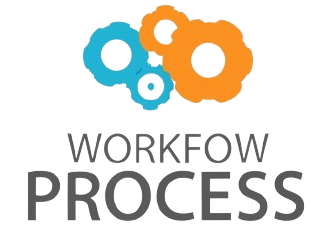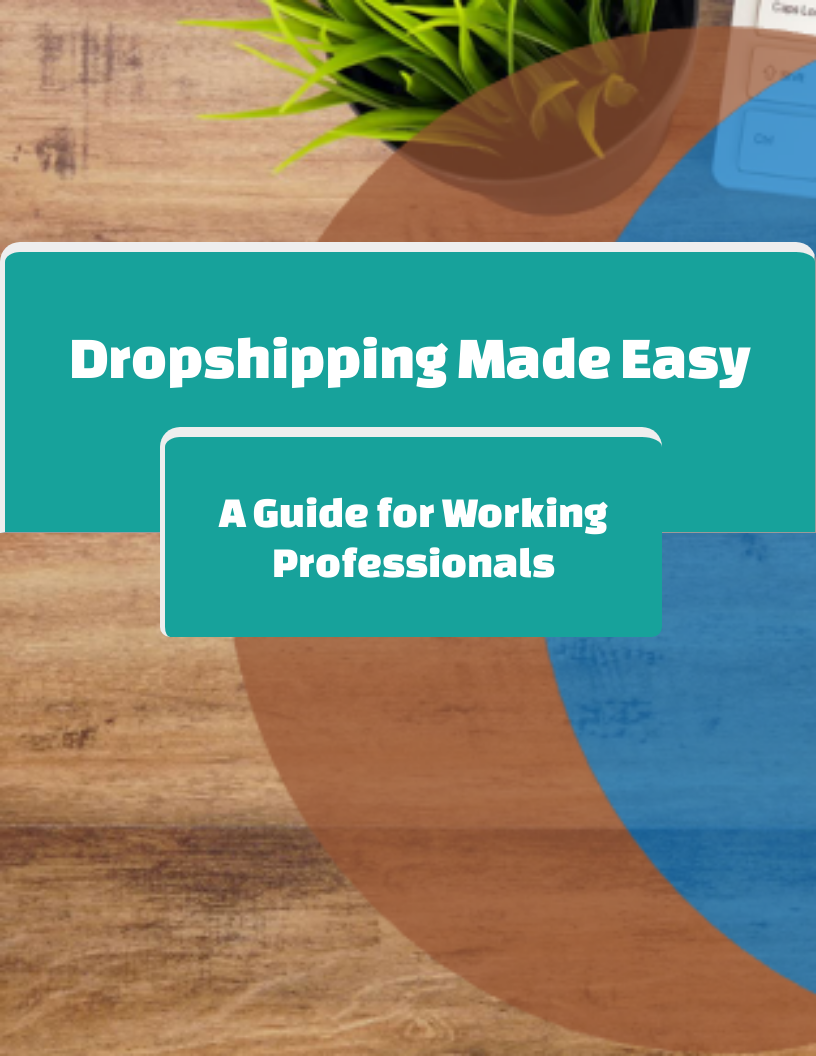The Art of User-Friendly Navigation: Tips for Software Professionals
The Art of User-Friendly Navigation: Tips for Software Professionals 1: Understanding User-Friendly Navigation The Importance of User-Friendly Navigation In the world of software development, user-friendly navigation is key to creating a successful product. Whether it be a website, app, or software program, the way users are able to navigate through the interface can make … Read more










